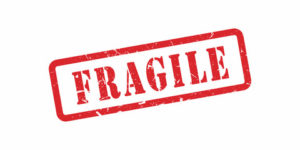Moving under normal circumstances can be stressful, but the uncertainty surrounding the coronavirus pandemic has significantly elevated anxiety levels. For those of you with a closing, lease termination or work-related deadline, postponing the move is not always an option. Below are some suggestions for how to safely move during the coronavirus pandemic.
Pre-Move Health Check
Moving companies should be asking their employees on a daily basis how they and their family members are feeling. If anyone is showing signs of illness, the employee should be sent home immediately.
Clients also need to be vigilant and, if anyone in the home is feeling unwell, the move should be postponed. If there are higher risk individuals within the residence (those over the age of 65, or with immune deficiencies), they should be removed from the premises prior to the move or, if this is not possible, they should be quarantined within one room of the house.
 Protective Gear and Sanitizing for Move Day
Protective Gear and Sanitizing for Move Day
Movers have been doing their best to source PPE in the interest of protecting all stakeholders. They should be sanitizing truck interiors and facilities on a daily basis. Gloves and masks (as available) are becoming part of the standard uniform.
If possible, clients should also wear masks and gloves for the duration of the move. Clients also have the option to provide additional PPE to the moving crew. It is a good idea to sanitize door handles, railings, and bathrooms prior to the mover’s arrival and immediately following their departure. Some clients are taking extra precautions by cleaning furniture after the move.
Distancing Before and After the Move
Before the move, pre-move surveys for estimates can be conducted virtually using various mobile video solutions. This best practice is safe, efficient, and accurate.
During the move, refrain from any direct contact (shaking hands) with your crews. You should maintain 6 feet of distance at all times. It is best to only have one point of contact on move day. Once the initial walkthrough with the foreman is complete, it is recommended that family members remove themselves from the premises or isolate themselves in one area of the residence.
Identify one bathroom for the movers to use and leave soap and, as available, sanitizer and wipes for the movers.
Pre-Move Preparation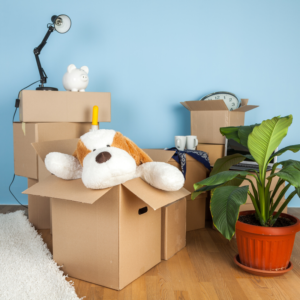
Even under normal circumstances, the client’s preparation largely dictates the success of the move. If clients are packing themselves, it is preferable to use new moving boxes. You can avoid a trip to the store by asking your mover if they provide a packing materials delivery service. While packing, make a “first-night” box filled with immediate essentials such as clothes, linens, toilet paper, cleaning products, toiletries, and hand soap.
We want to minimize any potential confusion. Make sure that all boxes are completely sealed and clearly labeled on the top and two sides. Organize the space so that all items are accessible and, if you are able, stacked around the periphery of the room. Some clients are asking the crew to move boxes to or from a garage or having their belongings moved into their new home a few days before moving in themselves.
Communication Leading Up to Move Day
Communication is always the essential ingredient to a successful move. It is incumbent upon the client to keep the moving company apprised of any relevant developments (packing progress, potential date changes etc.). If you are moving to or from an apartment building during the coronavirus pandemic, check first with your management, as some residences have revised moving rules during shelter-in-place. As much as possible, we want to avoid surprises on moving day.
Be Respectful of Your Moving Team
On a daily basis, movers make the impossible look easy. They expected to work incredibly hard and maintain a great attitude without exception. Many moving companies have been working around-the-clock to assist organizations with COVID-19 response efforts. Moving crews are doing their best, in uncertain times, to protect their families and their clients, so please be respectful and appreciative.
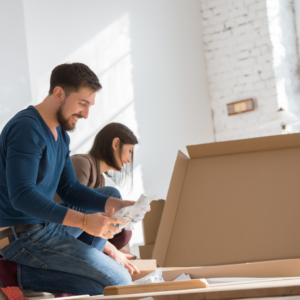 Shared Responsibility for a Healthy Move
Shared Responsibility for a Healthy Move
During this pandemic, it is incumbent upon moving companies to do everything within their power to protect both their clientele and employees. Similarly, you also need to take all available precautions to secure your own safety and that of the moving team.
We are all operating in unchartered territory. The above precautions will limit the potential for exposure.
If you need to move during the coronavirus pandemic, or any other time, call Olympia Moving & Storage at 800-222-4744 or click here for a free moving estimate. We can start with a virtual video survey.


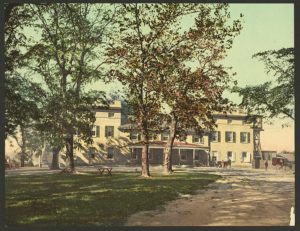




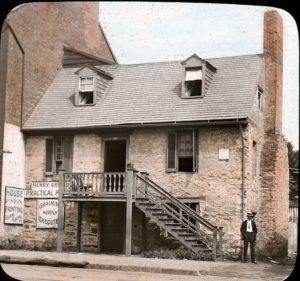 The aptly named Old Stone House is the oldest structure on its original foundation in Washington D.C. Constructed in 1766, Old Stone House was once an inn, then a clockmaker’s shop. Strangely, the house became a used car dealership until it was purchased by the National Park Service in the 1950’s.
The aptly named Old Stone House is the oldest structure on its original foundation in Washington D.C. Constructed in 1766, Old Stone House was once an inn, then a clockmaker’s shop. Strangely, the house became a used car dealership until it was purchased by the National Park Service in the 1950’s.





 Moving into a historic home means giving up modern energy efficiency–at least for a little while. 1800’s architects did not design homes with energy costs in mind. Because of this, energy-saving appliances and fixtures are good options to reduce unavoidable energy waste. Understand what sort of wiring and plumbing you are dealing with prior to moving in so you can decide whether an upgrade is in order.
Moving into a historic home means giving up modern energy efficiency–at least for a little while. 1800’s architects did not design homes with energy costs in mind. Because of this, energy-saving appliances and fixtures are good options to reduce unavoidable energy waste. Understand what sort of wiring and plumbing you are dealing with prior to moving in so you can decide whether an upgrade is in order. Protecting original furniture and fixtures is key during your move. Packing or protective padding and coverings are required for large, delicate objects like pianos, grandfather clocks, and glass tables. Some items may even need custom crates or special servicing. Again, a professional moving crew is the best defense against undue damage to antiques. For more on protecting furniture, see our blog post
Protecting original furniture and fixtures is key during your move. Packing or protective padding and coverings are required for large, delicate objects like pianos, grandfather clocks, and glass tables. Some items may even need custom crates or special servicing. Again, a professional moving crew is the best defense against undue damage to antiques. For more on protecting furniture, see our blog post  The features of a historic house are works of art. Doors, original door frames, floors, windows, stained glass must also be protected from damage during a move. For example, intricate wood carving on walls can be nicked by other pieces of furniture moving past them. A professional crew can also take steps to protect against these kinds of damage as well. For more information, see our blog post
The features of a historic house are works of art. Doors, original door frames, floors, windows, stained glass must also be protected from damage during a move. For example, intricate wood carving on walls can be nicked by other pieces of furniture moving past them. A professional crew can also take steps to protect against these kinds of damage as well. For more information, see our blog post  Understand the history of your home. There are many barriers to making renovations and restorations to a historic home. Check the
Understand the history of your home. There are many barriers to making renovations and restorations to a historic home. Check the 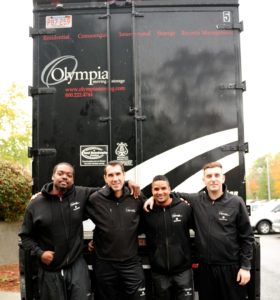
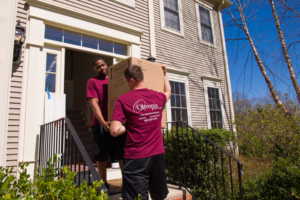 5. Measure the new place
5. Measure the new place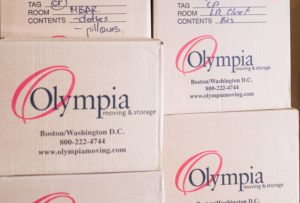


 the small valuable things close to you so you can keep any eye on them.
the small valuable things close to you so you can keep any eye on them.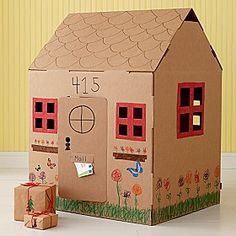
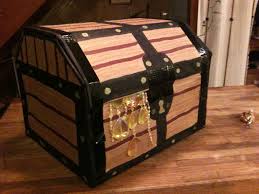

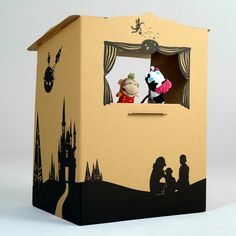
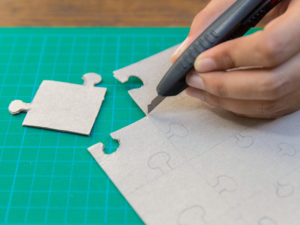
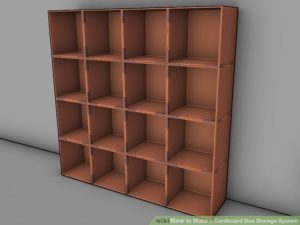

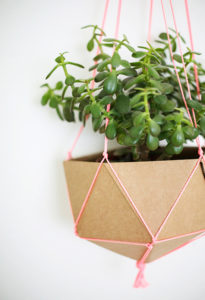


 gs require less power to run and having a ceiling or floor fan to circulate air will help keep your home cool. Just remember to turn both off when you leave to save money; fans cool people more than they cool rooms.
gs require less power to run and having a ceiling or floor fan to circulate air will help keep your home cool. Just remember to turn both off when you leave to save money; fans cool people more than they cool rooms.


